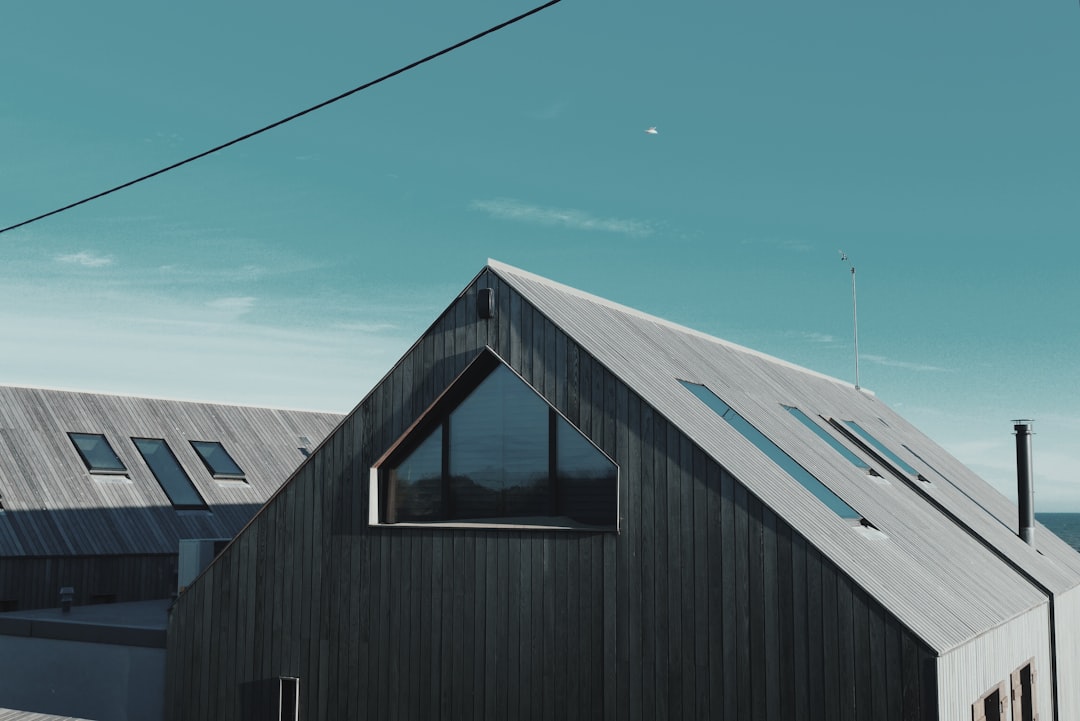body {
font-family: sans-serif;
line-height: 1.6;
}
h1, h2, h3 {
color: #333;
}
The construction industry is undergoing a significant transformation, driven by the need for sustainable, efficient, and cost-effective building solutions. Hybrid construction techniques, which cleverly combine traditional and modern building methods, are emerging as a leading approach to meet these demands. This innovative approach offers a unique blend of strengths, mitigating the weaknesses of individual methods and creating structures that are both robust and environmentally conscious.
Understanding the Essence of Hybrid Construction
Hybrid construction isn’t simply using two different materials; it’s a strategic integration of their properties to optimize the building’s performance. This could involve combining timber frames with concrete infills, steel structures with prefabricated modular components, or even incorporating recycled materials into the mix. The core principle is synergy – leveraging the best qualities of each component to create a superior whole. For instance, timber’s lightweight nature and excellent insulation properties can be combined with concrete’s strength and fire resistance, resulting in a building that’s both energy-efficient and structurally sound. This approach opens up a world of design possibilities, allowing architects and engineers to push creative boundaries while remaining mindful of practical considerations.
Popular Hybrid Construction Combinations: A Closer Look
Several successful hybrid combinations are gaining traction in the construction industry. One prevalent example is the integration of timber frames with concrete or steel elements. Timber frames provide a rapid and cost-effective structure, while concrete or steel components enhance strength and fire resistance, particularly in load-bearing areas. This approach is often employed in multi-story buildings where a balance between speed, cost, and structural integrity is crucial. Another increasingly popular combination involves using prefabricated modular components with traditional in-situ construction. Prefabrication allows for faster construction times and better quality control in a controlled factory environment, while in-situ work allows for flexibility and customization on-site. This hybrid approach efficiently combines the advantages of both methods. Steel and concrete are also frequently combined, leveraging steel’s tensile strength for framing and concrete’s compressive strength for slabs and walls, creating robust and long-lasting structures.
Benefits of Embracing Hybrid Construction Methods
The advantages of hybrid construction are numerous and compelling. Firstly, it offers increased design flexibility, allowing architects to explore unconventional designs and incorporate innovative features. Secondly, it significantly reduces construction time compared to traditional methods, leading to faster project completion and reduced overall costs. Thirdly, it enhances the sustainability of buildings. Using materials like timber, which is a renewable resource, reduces the environmental impact compared to relying solely on concrete or steel. Furthermore, hybrid construction often results in improved energy efficiency. The strategic combination of materials can optimize insulation and reduce energy consumption throughout the building’s lifecycle. Finally, it can lead to improved structural performance, combining the strengths of different materials to create a more resilient and durable building.
Challenges and Considerations in Hybrid Construction
Despite its numerous advantages, hybrid construction presents some challenges. One key consideration is the need for skilled labor proficient in handling multiple construction techniques. Effective collaboration between different trades is essential to ensure seamless integration of various components. Another challenge lies in the design phase, requiring careful planning and coordination to ensure compatibility between different materials and construction methods. Accurate cost estimations can also be more complex due to the involvement of multiple materials and techniques. Finally, regulatory compliance can be more intricate as it involves navigating the requirements for different building materials and construction processes. Addressing these challenges requires thorough planning, meticulous execution, and a deep understanding of the properties of each material and construction method involved.
The Future of Hybrid Construction: Trends and Innovations
The future of hybrid construction looks bright, with continuous advancements in materials science and construction technology driving innovation. We can expect to see an increasing adoption of sustainable materials, such as bamboo and recycled materials, integrated into hybrid designs. Furthermore, the integration of advanced technologies, such as Building Information Modeling (BIM) and digital fabrication, will further streamline the design and construction process, enhancing efficiency and precision. The use of Artificial Intelligence (AI) in optimizing material selection and construction sequencing will also play a significant role in improving the overall performance and sustainability of hybrid structures. These advancements will allow for the creation of even more innovative, efficient, and sustainable buildings, shaping the future of the construction industry.
Tags: Hybrid Construction, Sustainable Building, Modern Construction, Timber Frame Construction, Green Building




